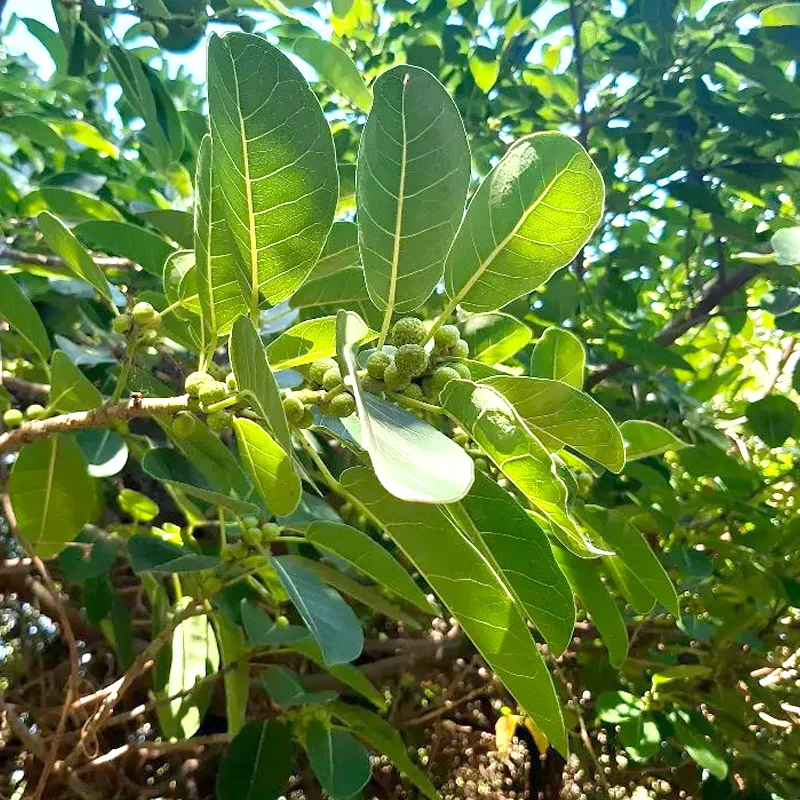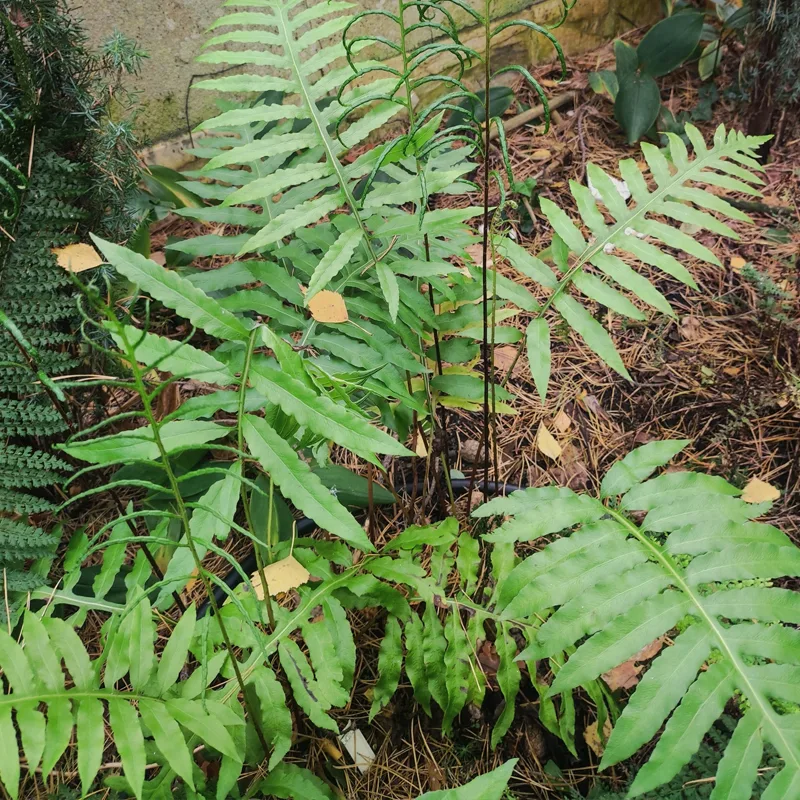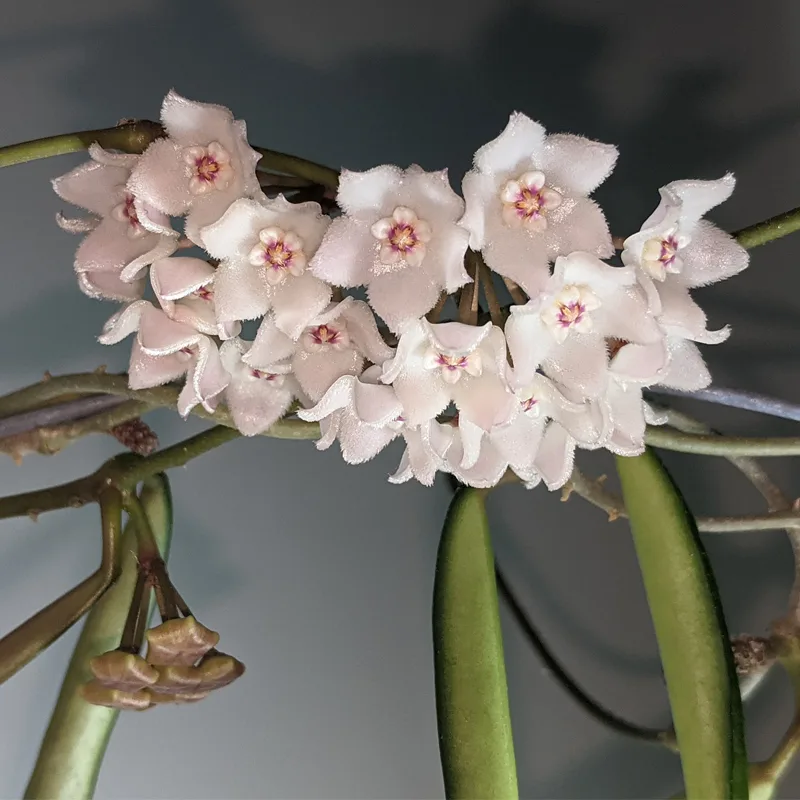Cryptolepis: A Journey into the World of Hidden Treasures
My name is Ferb Vu, and I’ve always been fascinated by the intricate world of plants. Their diversity, their resilience, and their hidden properties never cease to amaze me. Today, I want to share my fascination with a particular genus that has captured my attention: Cryptolepis.
This intriguing genus, belonging to the Apocynaceae family, is home to a diverse group of climbing shrubs and lianas. The name “Cryptolepis” itself is derived from the Greek words “kryptos” (hidden) and “lepis” (scale), referring to the concealed scales within the flowers. This etymology hints at the hidden medicinal properties that many species within this genus possess.
Unveiling the Diversity of Cryptolepis
Cryptolepis encompasses a vast array of species, each with its unique characteristics and distribution:
- Cryptolepis africana: This species, native to Africa, is known for its medicinal properties and is used traditionally to treat various ailments.
- Cryptolepis buchananii: Found in Southeast Asia, this species is recognized for its beautiful yellow flowers and potential therapeutic applications.
- Cryptolepis sanguinolenta: This West African species is renowned for its potent antimalarial properties and is a subject of extensive research.
- Cryptolepis apiculata K.Schum.
- Cryptolepis arbuscula (Radcl.-Sm.) Venter
- Cryptolepis calophylla (Baill.) L.Joubert & Bruyns
- Cryptolepis capensis Schltr.
- Cryptolepis cryptolepioides (Schltr.) Bullock
- Cryptolepis decidua (Planch. ex Benth.) N.E.Br.
- Cryptolepis delagoensis Schltr.
- Cryptolepis eburnea (Pichon) Venter
- Cryptolepis gillettii Hutch. & E.A.Bruce
- Cryptolepis gossweileri S.Moore
- Cryptolepis grandiflora Wight
- Cryptolepis hypoglauca K.Schum.
- Cryptolepis ibayana L.Joubert & Venter
- Cryptolepis intricata (Balf.f.) Venter
- Cryptolepis javanica (Blume) Blume
- Cryptolepis laurentii De Wild.
- Cryptolepis macrophylla (Radcl.-Sm.) Venter
- Cryptolepis microphylla Baill.
- Cryptolepis migiurtina Chiov.
- Cryptolepis nigrescens (Wennberg) L.Joubert & Bruyns
- Cryptolepis nugaalensis Venter & Thulin
- Cryptolepis oblongifolia (Meisn.) Schltr.
- Cryptolepis obtusa N.E.Br.
- Cryptolepis orbicularis Chiov.
- Cryptolepis ruspolii Chiov.
- Cryptolepis sinensis (Lour.) Merr.
- Cryptolepis socotrana (Balf.f.) Venter
- Cryptolepis somaliensis Venter & Thulin
- Cryptolepis stefianinii Chiov.
- Cryptolepis volubilis (Balf.f.) O.Schwartz
- Cryptolepis yemenensis Venter & R.L.Verh.
Delving into the Medicinal Properties
One of the most captivating aspects of Cryptolepis is its rich history of medicinal use. Traditional healers and communities have long recognized the therapeutic potential of these plants.
Cryptolepis sanguinolenta, for instance, has been used for centuries in West Africa to treat malaria. The plant contains a compound called cryptolepine, which has shown promising antimalarial activity in scientific studies.
Cryptolepis buchananii is another species with a history of medicinal use in Southeast Asia. It has been traditionally used to treat various conditions, including fever, inflammation, and skin diseases.
While traditional knowledge provides valuable insights into the potential benefits of Cryptolepis, further scientific research is necessary to fully understand its efficacy and safety. Modern studies are exploring the potential of Cryptolepis in treating a wider range of ailments, including cancer, diabetes, and microbial infections.
The Importance of Conservation
As with many plant species, Cryptolepis faces threats due to habitat loss and overexploitation. It’s crucial to recognize the importance of conservation efforts to ensure the survival of these valuable plants.
Sustainable harvesting practices, habitat preservation, and cultivation initiatives are essential for protecting Cryptolepis and maintaining its availability for future generations.
Exploring the Future of Cryptolepis
The future of Cryptolepis holds immense potential. As research continues to unravel its medicinal properties, we can expect to see new applications and therapies emerge.
The development of standardized extracts and formulations could lead to the creation of effective and safe medicines derived from Cryptolepis. Moreover, the integration of traditional knowledge with modern science can provide valuable insights into the sustainable utilization of these plants.
In conclusion, the genus Cryptolepis represents a fascinating world of hidden treasures waiting to be discovered. Its diverse species, rich medicinal history, and potential for future applications make it a subject of great interest and importance. As we continue to explore the depths of this remarkable genus, we can unlock its secrets and harness its potential for the betterment of humankind.
If i die, water my plants!



